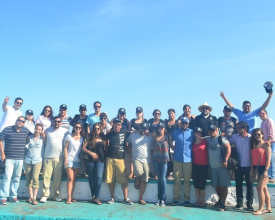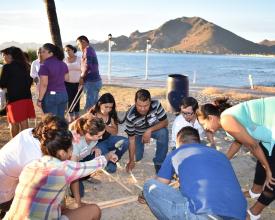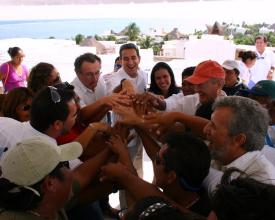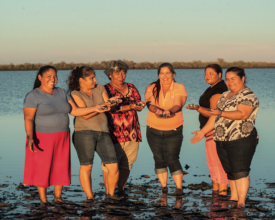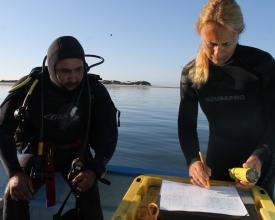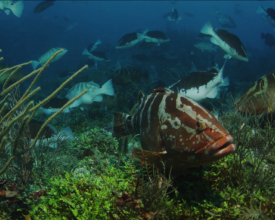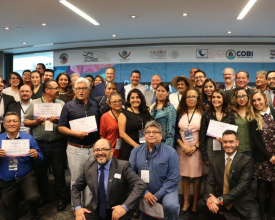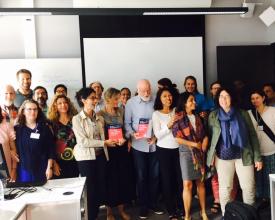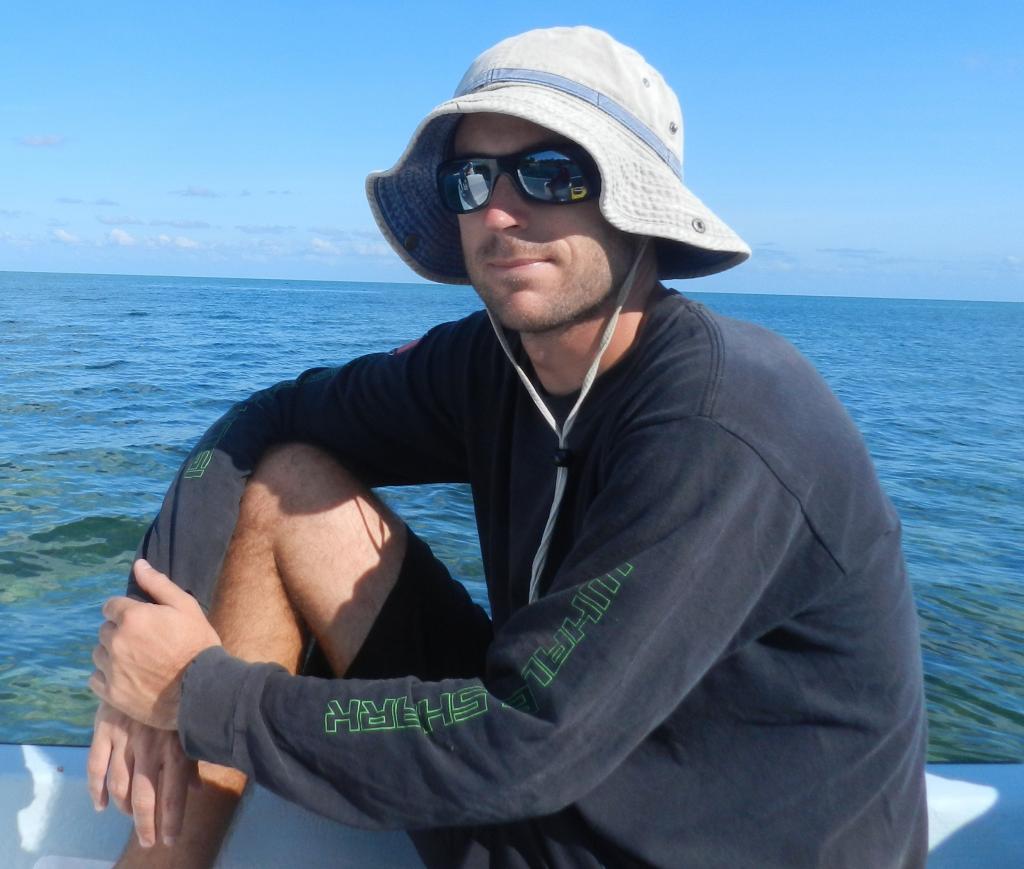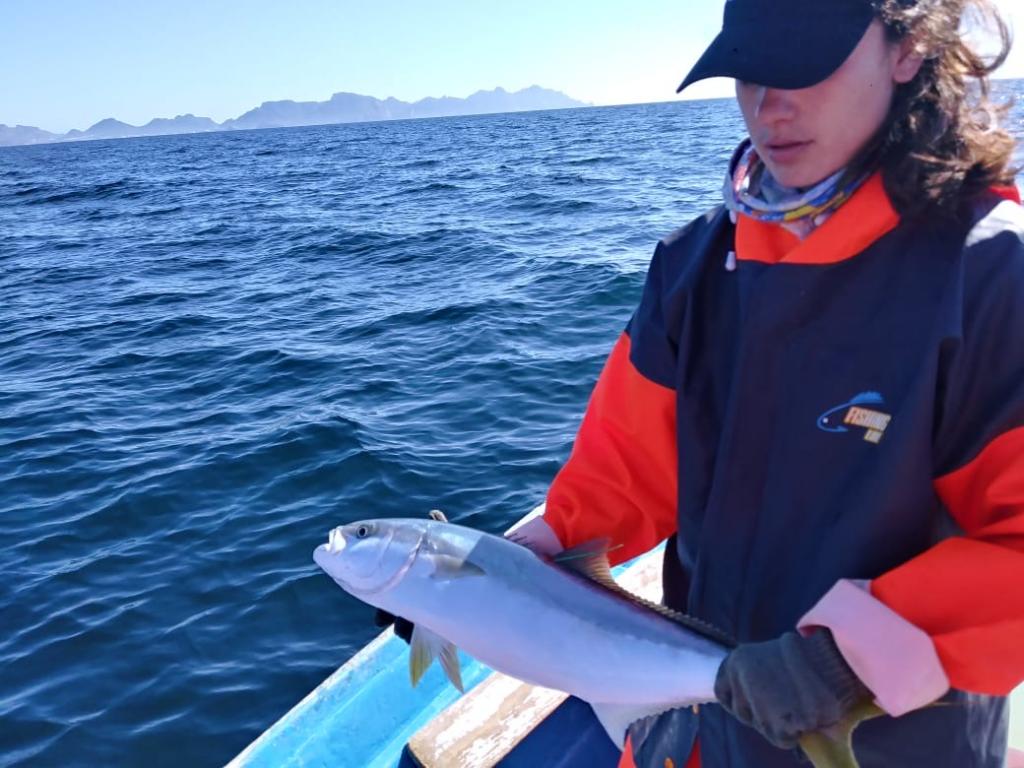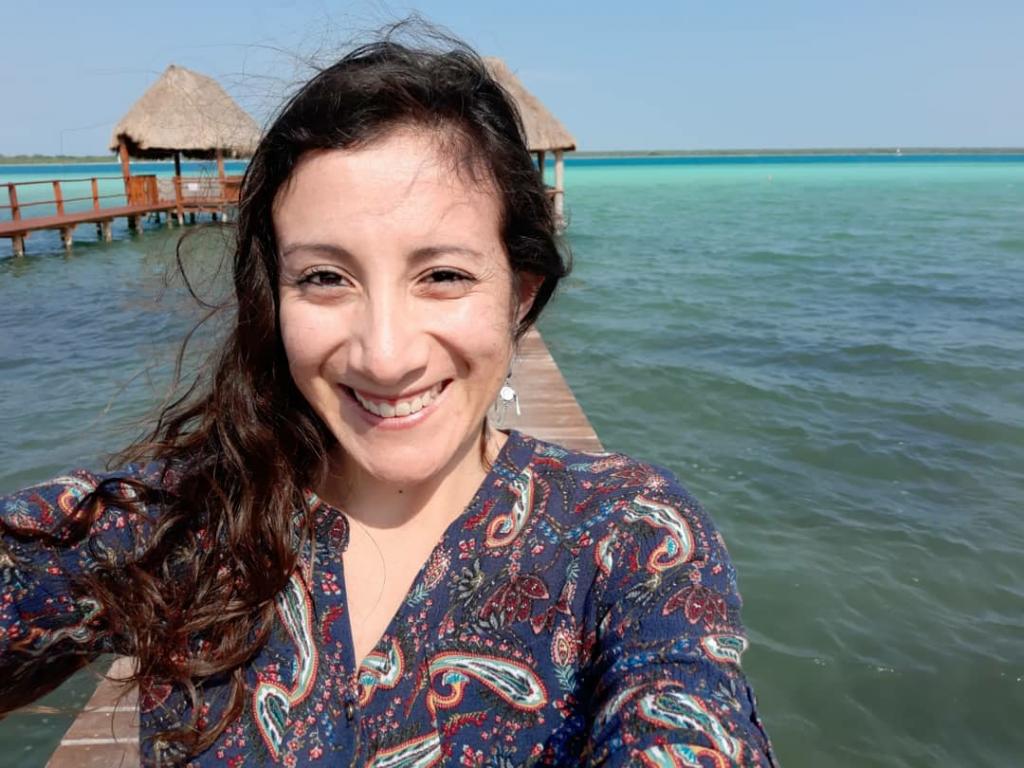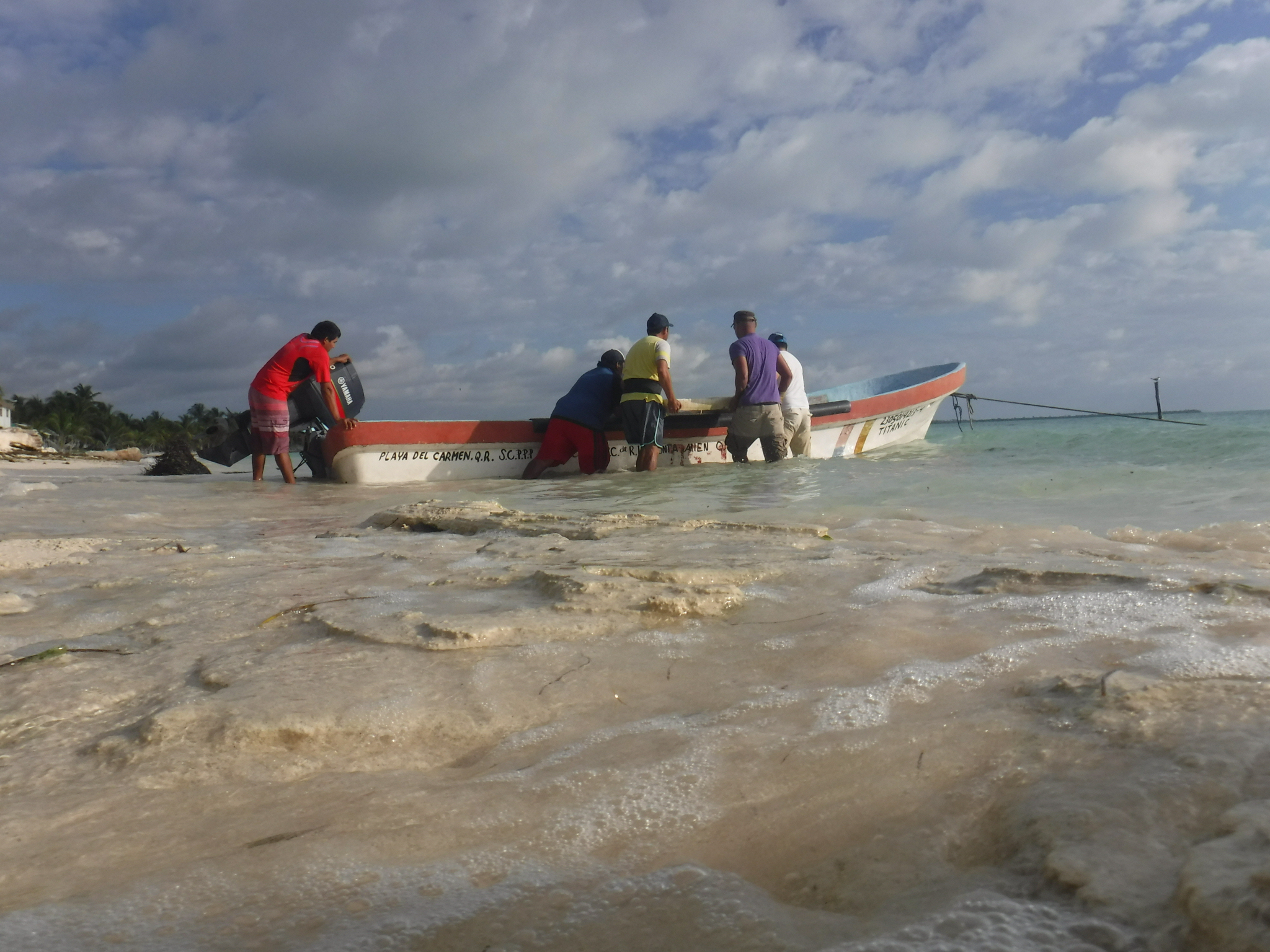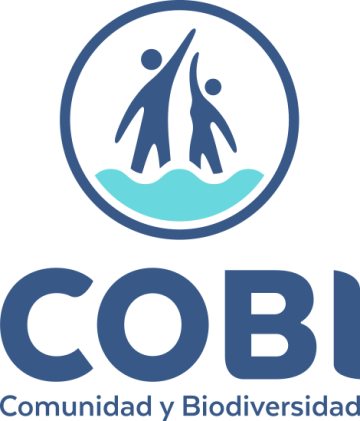
Mainstreaming the recovery of marine fisheries and ecosystems through collective action and science

Mexican marine ecosystems are not exempt from overexploitation. Approximately 17% of the Mexican fisheries are overexploited, 70% are at the maximum sustainable yield, and only 13% are underexploited. With 41% of the Mexican population living in coastal municipalities and 11,000 coastal communities with less than 15,000 habitants mainly relying on the marine resources and ecosystems, sustainable fisheries are crucial to ensuring employment, income, and food security for many people.
COBI has developed four building blocks to reverse the degradation of the marine environment: 1) capacity building of leaders and fishing organizations, 2) sustainable fishing, 3) marine reserves, and 4) support to public policies. For each, COBI develops demonstrative models that can be adopted by fishing organizations and other stakeholders in Mexico and elsewhere.
The transversal elements of our work are collective action, citizen science, and gender equality.
Context
Challenges addressed
1. Weak organizations due to fishing organizations with low levels of internal cooperation and high levels of distrust; a lack of leaders focusing on the common good; and insufficient participation of fishers in rule making, enforcement and compliance.
2. Unsustainable fishing practices due to low incentives to promote sustainable fishing; low resource availability; and lack of general standards to define sustainable fishing practices.
3. Insufficient ecosystem restauration practices due to lack of information about ecosystem health; poor organization for alternative activities; low investment capacity of cooperatives and seasonally variable incomes from fishing.
4. A deficient regulatory framework that does not defined criteria for sustainable fishing, does not incentivize the restoration of fisheries and marine ecosystems, nor provide guidelines for effective participation.
Location
Process
Summary of the process
The building blocks on sustainable fisheries and marine reserves represent the core of our work. However, we have learned through experience that these building blocks cannot be implemented if fishing organizations are weak. The building block on capacity building for fishing leaders and organizations allows to identify the strengths and areas of improvements (at the social and governance systems levels) before implementing sustainable fisheries and marine reserves. Furthermore, in order to have greater impacts, we cannot avoid to use our lessons learned to inform and improve policies at the national level.
Building Blocks
Capacity building for leaders and fishing organizations
We have three capacity building programs to pursue legal, sustainable and competitive fishing practices:
1. Capacity building for leaders: It focuses on human development at the individual level. We identify community leaders and provide the tools and knowledge to strengthen their leadership for the common good. The leaders develop sustainable fishing and marine conservation projects, to which COBI provides follow-up. We have had 38 fellows from 18 communities.
2. Capacity building for fishing cooperatives: It provides legal guidance and
training to fishing cooperatives to improve their operations, be more competitive, and ensure financial sustainability in the mid and long-term. 26 cooperatives have participated in the program.
3. Capacity building for fishery committees and alliances: Designed to increase collective action in working groups that represent different stakeholders
and interests within a given area or resource. The program provides guidance to define common goals, rules for decision-making and operations, working plans, and a follow-up strategy. Four committees and an alliance have participated in the program.
Enabling factors
1. Leaders in fishing communities.
2. Cooperatives willing to make improvements in their organizaiton and fisheries.
3. Multi-stakeholder groups that want to work together towards a common goal.
Lesson learned
Sustainable fisheries and marine conservation efforts will only be successful if there is fishing organizations are strong. We need to pay enough attention being paid to the individuals and organizations we work with. Only strong organizations can invest and transition towards sustainability.
Sustainable fisheries
We promote the adoption of international standards for responsible fishing in collaboration with fishing organizations, governments, academia, and industry. We use the Fair Trade (FT), Marine Stewardship Council (MSC), and Monterey Bay Aquarium (MBA) standards to frame our action plans. The four phases of the building block are:
1. Healthy stocks. We evaluate the status of the fisheries in order to determine the proper management methods and instruments to apply, depending on the fishery (e.g., catch shares, effort control, size limits).
2. Healthy ecosystems. We evaluate the effect of the fishery on
other species and habitats, as well as the effects of environmental change to fisheries and community. The latter to promote adaptation.
3. Robust governance systems. We promote the formation of groups to
define management rules (both formal and informal) in a collective, transparent,
and democratic way. We also calculate investment costs in sustainable fishing and define sustainable financial plans.
4. Social justice. We apply social justice principles and practices within the fishery: clear access rights, compliance with occupational, health standards, and access to fair prices.
Enabling factors
1. Well-organized cooperatives willing to make improvements in their fisheries.
2. Existing legal framework to adopt the standards.
3. Government officials that are keen to support the transition to sustainability.
4. Industry interested in paying premium prices for seafood products.
Lesson learned
In the Mexican fisheries Act there is no definition of what sustainability means. Thus, the international standards for sustainable fishing provide a good framework and great tools to start with. The adoption of the standards can only be achieved through collective action. NO single actor can do this by him/herself. The fishery improvement projects (FIPs) seem an attractive scheme for artisanal fisheries, first because the costs are more affordable and second because this scheme is meant to involve market commitment to sustainability.
Marine reserves (no-take zones)
In collaboration with fishers and key local stakeholders, we design, implement, and monitor marine reserves to foster the recovery of fisheries and marine ecosystems, both within and beyond the reserves. This building block has three branches:
1. Design. We have workshops with resource-users to present the marine reserves theory and to design the map of uses and ecosystems. We then conduct acceptance and cost analyses. We define the objectives of the reserves, select the best sites to meet these objectives, and finally define operation procedures, financial sustainability plans, and formal agreements with the cooperatives.
2. Monitoring and evaluation. We select indicators and monitoring methodologies to collect the data. Then, we train the community in the monitoring techniques so they can collect data, evaluate progress, and engage in the process.
3. Management. We support our community partners in all the paper work to make the reserve official, as well as to elaborate and refine operational plans for the success and adaptive management of the reserve.
We have 79,500 marine hectares protected, more than 300 species monitored, and 100 Mexican fishers (including 18 women) trained in submarine and oceanographic monitoring techniques.
Enabling factors
1. Traditional knowledge.
2. Well-organized cooperatives that have pride for investing in marine conservation.
3. Divers that are interested in learning about monitoring techniques.
4. Governemnt officials that are keen to support restoration efforts.
Lesson learned
The rights to fish should come with fisheries and ecosystem restoration duties. No-take areas have demonstrated to be a key instrument for the fishery and ecosystem recovery. They also can be design and implemented in poor information sites, where traditional knowledge is available. Marine reserve evaluation and monitoring is key to ensure effectiveness. Fishers have proved to be great at collecting data in poor information sites as well as identifying key sites for protection. Training and involving fishers in data collection helps not only to have a better understanding of ecosystem, but also to create pride and project ownership in the community.
Resources
Public policies support
The results of our demonstrative models provide us with recommendations to improve national public policy and strengthen public agencies. The components of this program are:
1. Identification of problems and potential solutions. We conduct participatory research that engages both experts and local knowledge.
2. Evaluation of working arena. We develop a stakeholder map and an assessment to have the political context and identify key allies, including our community partners.
3. Work plan design. We design a plan (strategies and actions) aligned with national goals and international agreements, using the most best information available.
4. Work plan implementation. We implement and evaluate our activities and strategies to ensure our impact is strengthening public policy and agencies.
Currently, we have five strategies: capacity building for sustainable fisheries and aquaculture; the creation of the National Prize for Sustainable Fisheries and Aquaculture; the strengthening public participation in fisheries management and research; and the alignment of local actions to international agreements and instruments (Aichi Goals, SDG14, and FAO SSF Guidelines).
Enabling factors
1. Political will.
2. Strong international networks to move the marine conservation and sustainable fisheries agenda.
Lesson learned
The legal framework to support marine conservation and sustainable fisheries needs to be in place to move from local demonstrative models to greater impacts at the national level. This represent a niche of work in Mexico. Community partners are key for moving this agenda forward. International agreements and instruments can provide great guidance, and are key to initiate a meaningful dialogue with public governmental organizations.
Impacts
COBI and community partners have:
- Strengthened the skills of 38 leaders, 26 cooperatives, four fishery committees and one regional alliance to invest in marine conservation and sustainable fisheries.
- Made visible the contribution of women to the fishing sector.
- Identified biophysical, socioeconomic, and governance principles for the design of marine reserves in three priority ecosystems: Baja California kelp forest, Gulf of California rocky reefs, Mesoamerican coral reefs.
- Contributed to the design, implementation, and evaluation of 790m2 of marine reserves (no-take areas).
- Trained more 200 community divers (15% women, 85% men) to do the monitoring of 350 marine species and environmental changes in poor information sites.
- Implemented best practices in 11 fisheries (chocolate clams, white clams, red clams, red rock lobster, ocean tilefish, penshell, Pacific sardine, thread herring, spiny lobster, swimming crab, yellowtail).
- Contributed to 50% of the Aichi Targets, 90% of the SDG14 targets, 100% of the FAO voluntary guidelines for securing small-scale fisheries in the context of food security and poverty eradication.
- Published the results, lessons learned, and know-how of demonstrative models in more 100 peer-reviewed articles and technical reports.
- Shared demonstrative models and lessons learned with other 11 countries.
Beneficiaries
All stakeholders involved in the fishing sector, from artisanal and industrial fishermen to government, markets, consumers.
Sustainable Development Goals
Story
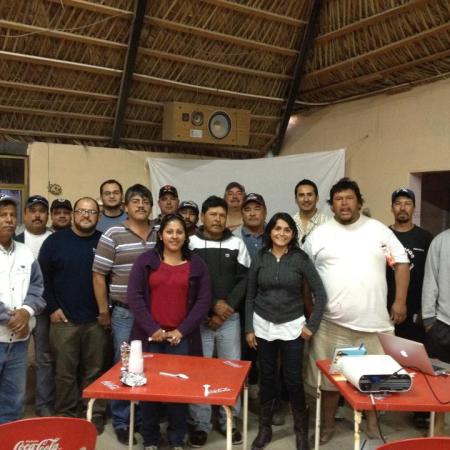
The 250 fishermen of Puerto Libertad, an isolated village located on the north coast of the Gulf of California, have traditionally fished important species such as grouper, snapper, sharks and bivalves to sustain their livelihoods. Before COBI's intervention, there was no regulatory framework in place nor a robust governance system to sustainably manage fishing activities. This led to the unfettered extraction of marine resources and severe conflicts between licensed fishing organizations and unlicensed fishermen as well as between industrial and small-scale fisheries. After one year of working with local independent fishers, cooperatives, and individual permit holders (buyers) on an ecosystem-based management project, these actors decided to self-organize and become the leaders of their community's future. They created a local committee for fisheries and aquaculture, through which they have implemented a sophisticated management scheme, which includes the regularization of traditional fishers and fisheries, fisheries data collection, IUU decrease, ecosystem restoration through no-take zones, ITQs, and better commercialization of their seafood products. Through the concerted effort of all stakeholders, there has been significant progress in meeting a collective goal, the sustainable use of common marine goods.


